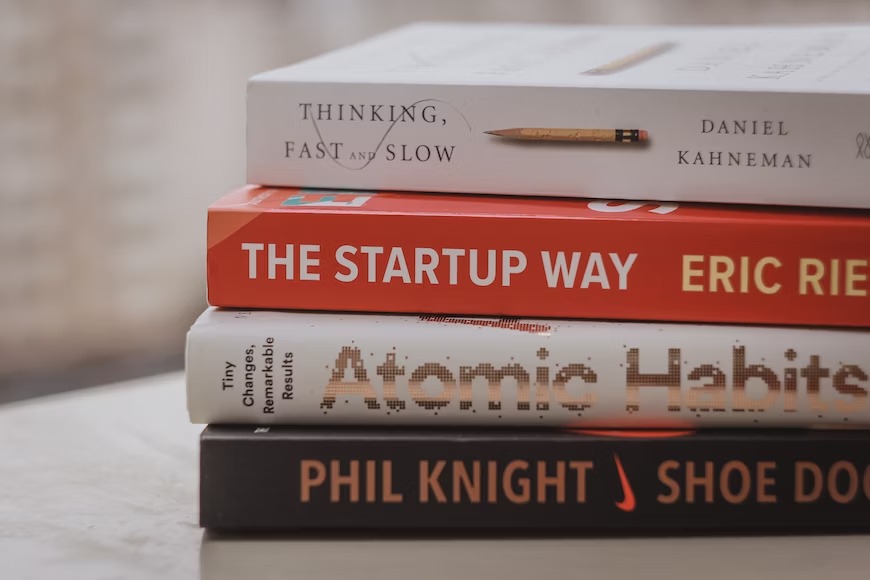In today’s fast-paced and competitive work environment, productivity is the key to success for both employees and organizations. Being productive not only helps individuals achieve their goals but also contributes to the overall success of the company.
However, with the numerous distractions and challenges that employees face daily, maintaining high productivity levels can be a daunting task.
In this article, we will explore the top five best productivity tips for employees, providing actionable strategies to enhance efficiency, focus, and work satisfaction.
1. Mastering Time Management

Time management is the foundation of productivity. Effectively managing one’s time involves setting priorities, breaking tasks into manageable chunks, and using time wisely. To master time management:
a. Prioritize Tasks: Begin each day by listing and prioritizing tasks based on their importance and urgency. Use methods like the Eisenhower Matrix, categorizing tasks as urgent-important, urgent-not important, not urgent-important, and not urgent-not important. Focus on urgent-important tasks first.
b. Set Realistic Goals: Set achievable and measurable goals, both short-term and long-term. Break down complex projects into smaller milestones to track progress effectively.
c. Use Time-Blocking Technique: Allocate specific time blocks for different tasks throughout the day. Dedicate uninterrupted periods for concentrated work, minimizing distractions and multitasking.
d. Leverage Time Management Tools: Utilize digital tools and apps like calendars, to-do lists, and task management platforms to organize and monitor your tasks efficiently.
e. Learn to Say “No”: Avoid overcommitting yourself. Politely decline additional tasks that may disrupt your existing schedule and hinder productivity.
2. Embracing Technology Wisely
In today’s digital age, technology plays a significant role in boosting productivity. However, it can also become a double-edged sword if not used wisely. To harness technology for enhanced productivity:
a. Identify Productivity Tools: Research and adopt productivity tools relevant to your work. These may include project management software, collaboration platforms, note-taking apps, and automation tools that streamline repetitive tasks.
b. Limit Social Media and Non-essential Browsing: Social media and random internet browsing can severely distract employees. Establish strict boundaries and allocate specific breaks for such activities to prevent them from eating into work time.
c. Utilize Communication Channels Effectively: Use communication apps and platforms efficiently to reduce time spent on unnecessary meetings and emails. Keep messages clear, concise, and action-oriented.
d. Regular Software Updates and Maintenance: Ensure that your devices and software are up-to-date to prevent any technical glitches or slow performance that could hinder productivity.
e. Digital Detox: Schedule regular breaks from screens to avoid burnout and improve overall focus. Engage in activities like outdoor walks or meditation to refresh your mind.
3. Practicing Effective Work-Life Balance

Maintaining a healthy work-life balance is crucial for long-term productivity and overall well-being. Overworking and neglecting personal life can lead to burnout and reduced efficiency. Here’s how to achieve a better work-life balance:
a. Set Boundaries: Clearly define working hours and avoid extending them unnecessarily. Communicate these boundaries to colleagues and supervisors to manage expectations.
b. Take Regular Breaks: Incorporate short breaks throughout the day to relax and recharge. Stepping away from work temporarily can improve focus and creativity when you return.
c. Prioritize Self-Care: Engage in activities that promote physical and mental well-being, such as regular exercise, hobbies, spending time with loved ones, or pursuing personal interests.
d. Consider Flexible Work Arrangements: If possible, explore flexible work options, such as remote work or flexible hours, which can provide a better work-life balance.
e. Learn to Disconnect: When you’re off work, try to disconnect from work-related communication and technology. Avoid checking work emails or messages during your leisure time.
4. Cultivating a Productive Workspace
The physical environment in which employees work can significantly impact their productivity and focus. A well-organized and inspiring workspace can lead to improved efficiency. Consider the following tips for cultivating a productive workspace:
a. Declutter and Organize: Keep your workspace tidy and free from unnecessary clutter. Organize documents, supplies, and equipment in a way that is easily accessible.
b. Personalize Your Space: Add elements that inspire and motivate you, such as plants, photos, or inspirational quotes. Personal touches can create a positive and welcoming atmosphere.
c. Ergonomics and Comfort: Ensure your desk and chair are ergonomically designed for proper posture and comfort. An uncomfortable workspace can lead to physical strain and reduced productivity.
d. Adequate Lighting: Optimize natural lighting if possible, as it can boost mood and energy levels. Add task lighting to reduce eye strain and fatigue.
e. Noise Management: Minimize distractions caused by noise by using noise-cancelling headphones or playing soothing background music, depending on your preferences.
5. Continuously Improve and Learn

The path to enhanced productivity is a continuous journey of improvement and learning. Employees should seek opportunities to develop their skills and expand their knowledge to become more efficient and valuable contributors to their organizations. To foster continuous improvement:
a. Embrace Feedback: Be open to receiving feedback from supervisors, colleagues, or clients. Constructive criticism can help identify areas for improvement.
b. Upskill and Training: Participate in workshops, webinars, or courses that align with your career goals. Upskilling can boost confidence and competence in your role.
c. Stay Updated with Industry Trends: Keep yourself informed about the latest developments in your industry. Being up-to-date will make you more adaptable to changing work demands.
d. Reflect and Analyze: Regularly review your productivity and assess what methods work best for you. Identify patterns, strengths, and weaknesses to make targeted improvements.
e. Foster a Growth Mindset: Embrace challenges and view failures as opportunities to learn and grow. A growth mindset encourages resilience and continuous development.
Conclusion
Implementing these top five best productivity tips can significantly enhance employees’ efficiency, focus, and work satisfaction. By mastering time management, embracing technology wisely, maintaining a healthy work-life balance, cultivating a productive workspace, and continuously seeking growth, employees can achieve their full potential and contribute to the success of their organizations.
Remember, productivity is not about working harder but working smarter, making deliberate choices, and creating a balance that optimizes both professional and personal aspects of life.







